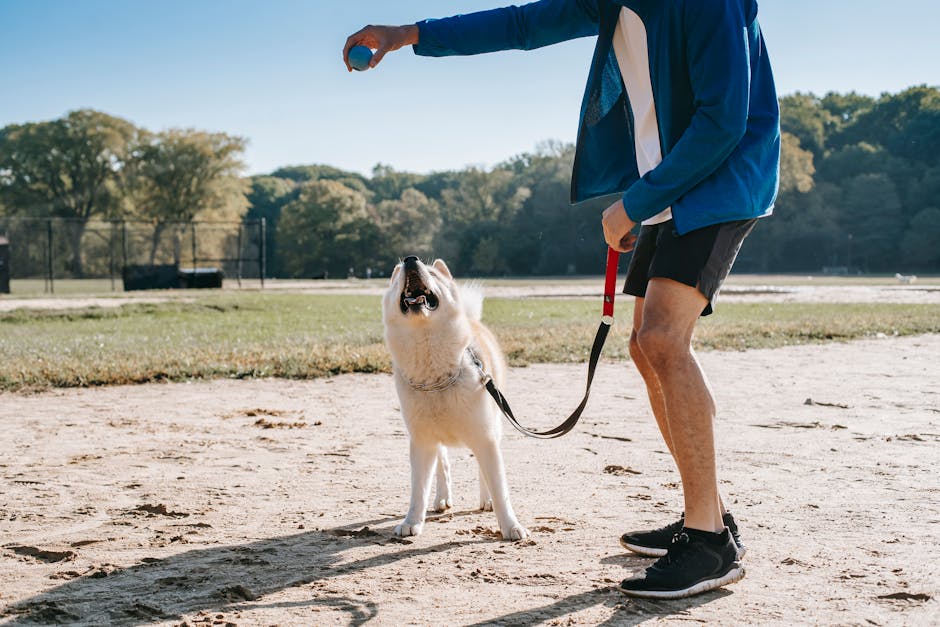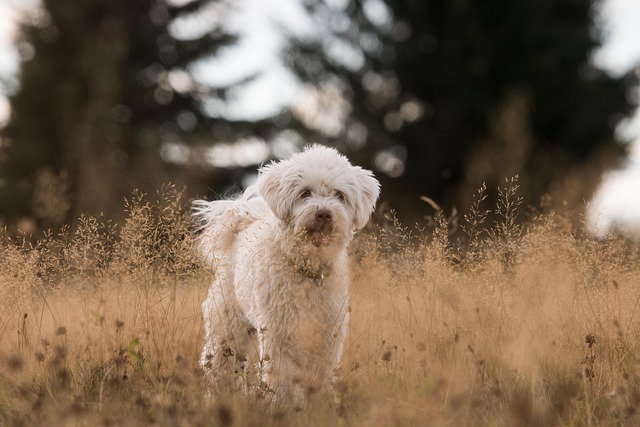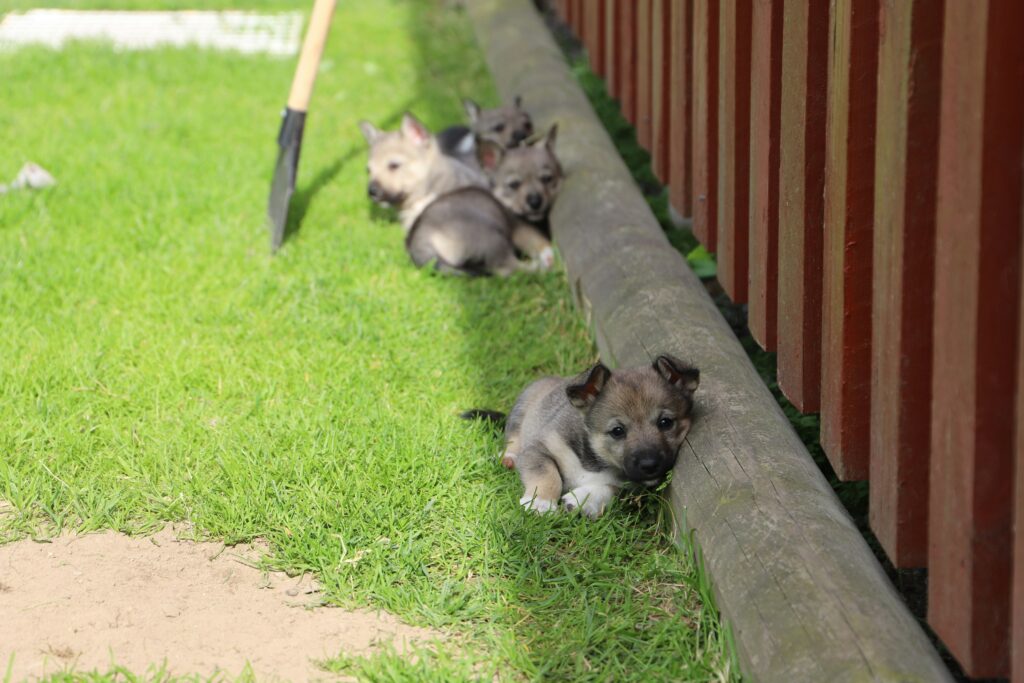Why Training Matters Early
Training isn’t just about barking on command or sitting for treats. It’s the foundation of trust between you and your pet. When you start early, you open a communication line that helps your pet understand what’s okay—and what’s not—without confusion or fear. Animals crave structure. Getting ahead of the chaos means fewer behavior problems down the line.
Think of it like this: every small lesson now is a major behavioral issue you won’t have to fix later. Pets that are trained early are generally more relaxed, social, and easier to handle in new situations. You’ll see fewer bites at the groomer, less leash-pulling on walks, and better responses in emergencies. You’re not just drilling commands—you’re shaping confidence.
An early start also creates a bond that lasts longer than any squeaky toy or treat. It’s how you earn your pet’s trust—and keep it.
Technique 1: Positive Reinforcement
Positive reinforcement is as straightforward as it gets: you reward the behavior you want to see more of. For dogs, that usually means giving a treat, a favorite toy, verbal praise, or a quick belly rub right after they do something right. It sounds simple because it is—but when done correctly, it works across nearly every breed and personality type.
What makes it effective? Timing, consistency, and knowing what your dog actually finds rewarding. The second your dog sits on command, the reward should follow. Praise late, and the dog has no idea what exactly earned it. Praise too early or too often, and it starts to lose meaning. When your timing lines up and the reward hits right, dogs connect the dots fast.
Examples? A pup that sits before getting its leash clipped on. A rescue dog that calmly stays in place when guests arrive. Puppies learning to potty outside—with a treat the second they finish. These are all powered by the same loop: good behavior earns something great.
The twist: reinforcement isn’t about bribing. It’s about teaching a pattern—”When I do this thing, good stuff happens.” Once they get it, you’ll find your dog offers good behavior first without being asked. That’s the end goal.
Technique 2: Crate Training Basics
The crate should be your pet’s retreat, not a time-out zone. Think of it like their bedroom—somewhere they feel safe, calm, and in control. To start, make the crate inviting. Add a soft blanket, a favorite toy, and leave the door open during the day. Let them explore without pressure. Avoid shoving them in or closing the door right away—that turns the crate into a trap.
Here’s a simple routine to build confidence and reduce stress:
- Introduce the crate with treats inside. Let your pet walk in and out freely.
- Begin meal times inside the crate to form a positive link.
- Once comfortable eating or resting inside, close the door for short periods while you’re nearby.
- Gradually extend the time they spend in the crate, even while you step out of the room.
- Use it consistently for naps and quiet time, not just when you leave the house.
Avoid common pitfalls. Never use the crate for punishment—it’ll undo all your progress. Don’t leave pets crated for too long, especially puppies. If they fuss or whine, don’t immediately let them out; otherwise, they learn that crying gets results. Stay calm, stay consistent.
Done right, crate training becomes an anchor. It can reduce anxiety, help house training click faster, and give your pet a sense of ownership over their space. Simple, steady steps—that’s the key.
Technique 3: Establishing Consistent Commands
Forget fancy tricks for now—what new pets need most is repetition they can count on. Consistency always wins out over complexity. A reliable routine, paired with clear, simple commands, lays the groundwork for a well-behaved animal who understands what’s expected.
Start with the basics. Every pet—dog, in particular—should know three commands cold: Sit, Stay, and Come. These aren’t just party tricks. Sit helps with focus and control. Stay teaches patience and boundaries. Come can stop chaos in its tracks. Keep verbal cues short, always use the same word, and reinforce with a treat, praise, or quick pet when they get it right.
Here’s the trap many fall into: mixed messages. One person says “Down,” another says “Off.” Someone else uses hand gestures instead of voice. It’s confusing—for the animal and the humans. Align your household. Pick your cue words, write them down if it helps, and make sure everyone uses them the same way, every time. That single bit of discipline pays off tenfold over time. A consistent command in a consistent tone builds confidence—for both species.
Technique 4: Socialization Done Right
Socialization isn’t an afterthought—it’s a foundation. The earlier you expose your pet to different people, animals, and environments, the better their chances of growing into a confident, grounded companion. Puppies especially go through a short socialization window (typically up to 16 weeks) when they’re wired to absorb the world around them. This is when you want them to meet the neighbor’s kids, walk on gravel, ride in a car, or hear a vacuum cleaner without flinching.
But more isn’t always better—too much, too fast leads to stress. Instead, introduce new elements in a controlled, positive way. Short visits, treats, and calm energy go a long way. If your pet shows signs of fear (tail tucked, refusing to move, growling), back off and try again later with lower intensity.
Sloppy socialization is where long-term issues begin. Barking at guests, lunging at other dogs, or fear-based aggression usually trace back to poor early exposure. If bad habits have already popped up, don’t wait. Work to rewire those experiences through gradual reintroductions and positive reinforcement.
Bottom line: you’re not just getting your pet used to the world—you’re showing them it’s a safe place to be.
Technique 5: House Training Fundamentals
House training is less about control and more about paying attention. Every pet, especially dogs, has natural rhythms—they tend to go after meals, after waking, and after play. So the first step isn’t training your pet. It’s training yourself to watch: sniffing, circling, suddenly pausing play—these are the cues. Learn them and you’re halfway there.
Set up a tight schedule. Take your pet out at consistent times. Same spots, same commands. Reinforce with praise when they get it right. Supervise indoors. If you can’t watch them, they’re either in a crate or confined to a safe zone. Accidents will happen—especially in the early weeks—but your job is to minimize the chances and remain calm when they do.
Cleanup matters. Use enzymatic cleaners to remove scent triggers; otherwise, pets return to the same spot. Never scold after the fact—it just confuses them. When setbacks hit, reset your routine. Go back to basics. Repeat until it sticks.
House training isn’t a battle—it’s a pattern. And your consistency sets the tone.
(For deeper practical help: How to House Train Your Puppy – Tips and Tricks)
Mistakes That Stall Progress
Training a pet takes time, consistency, and a clear plan. When it starts to break down, progress stalls. One of the quickest ways to confuse your pet is inconsistency between caretakers. If one person allows jumping on the couch and another scolds for it, your pet learns mixed signals. Everyone in the home needs to align on commands, boundaries, and tone—or your pet won’t know what to follow.
Another common roadblock is overusing punishment. Yelling, scolding, or negative reinforcement as the go-to reaction tends to create anxiety, not understanding. It doesn’t teach what you want—it just makes your pet scared to try. Correction has its place, but forward momentum comes from showing your pet what to do rather than constantly pointing out what not to.
Finally, skipping sessions is a silent progress killer. Training doesn’t need to be an hour-long ordeal every time, but regular, short interactions matter. Assuming a pet will just “get it eventually” without practice sets everyone up for frustration later. Repetition builds trust and memory—don’t skip it.
Final Reminders for Long-Term Success
Training a pet isn’t a race. It’s a daily rhythm that unfolds one small step at a time. Some dogs learn to sit in a day. Others take a month to stop chewing your shoes. That’s normal. What matters is not pushing too hard or expecting perfection tomorrow. Keep the pressure low, the patience high.
The trick is to build training into everyday life. A five-minute session before meals. Practicing “stay” while you put on shoes. Reinforcing “leave it” during walks. These moments stack up fast. You don’t need hour-long marathons—just steady reps over time.
And don’t forget to celebrate the small wins. The first time your pup rings the bell instead of peeing inside? Big deal. Treat for that. A calm reaction when the doorbell rings? Even better. Keep it light, keep it encouraging. Training should feel like a shared win—for both of you.


 Norvella Neythanna is the co-founder and author at pethubnest She blends her passion for pets with her interest in technology, covering innovative products and ideas that transform pet care.
Norvella Neythanna is the co-founder and author at pethubnest She blends her passion for pets with her interest in technology, covering innovative products and ideas that transform pet care.


